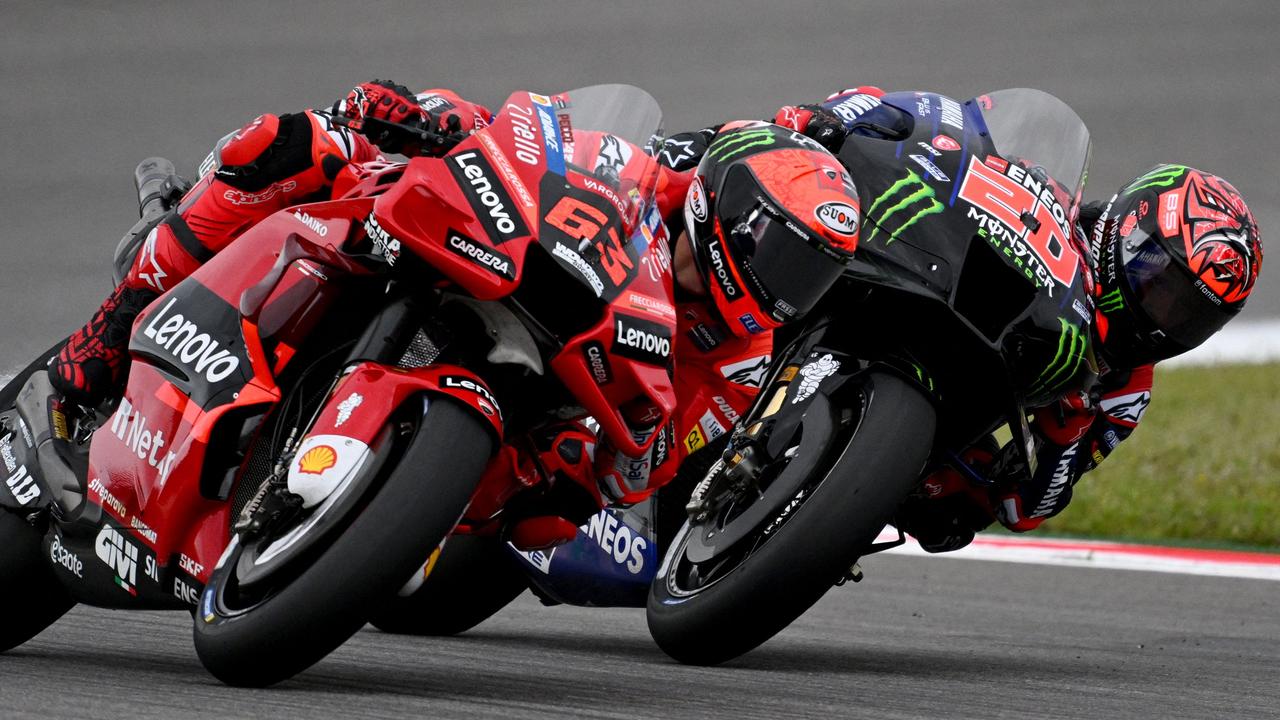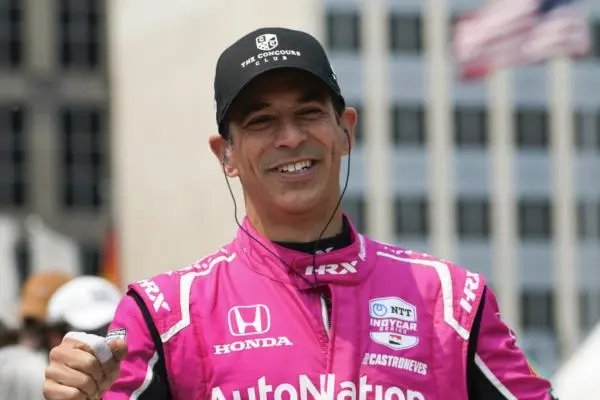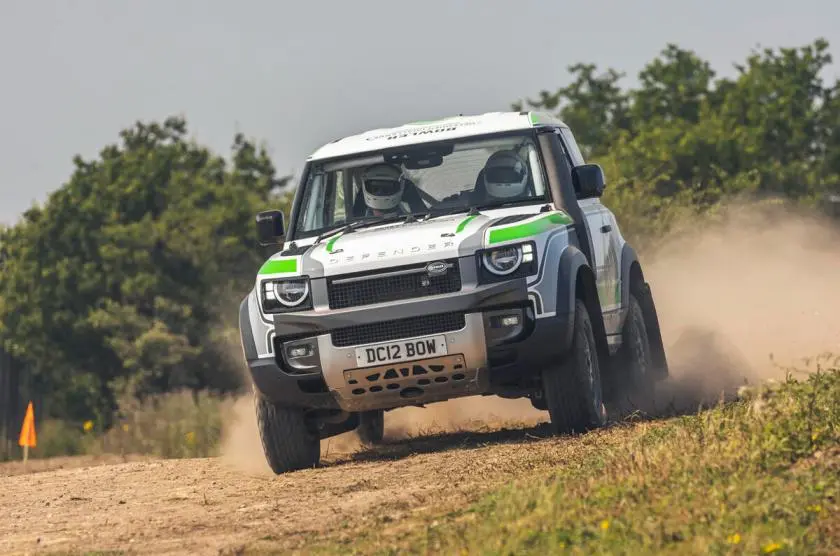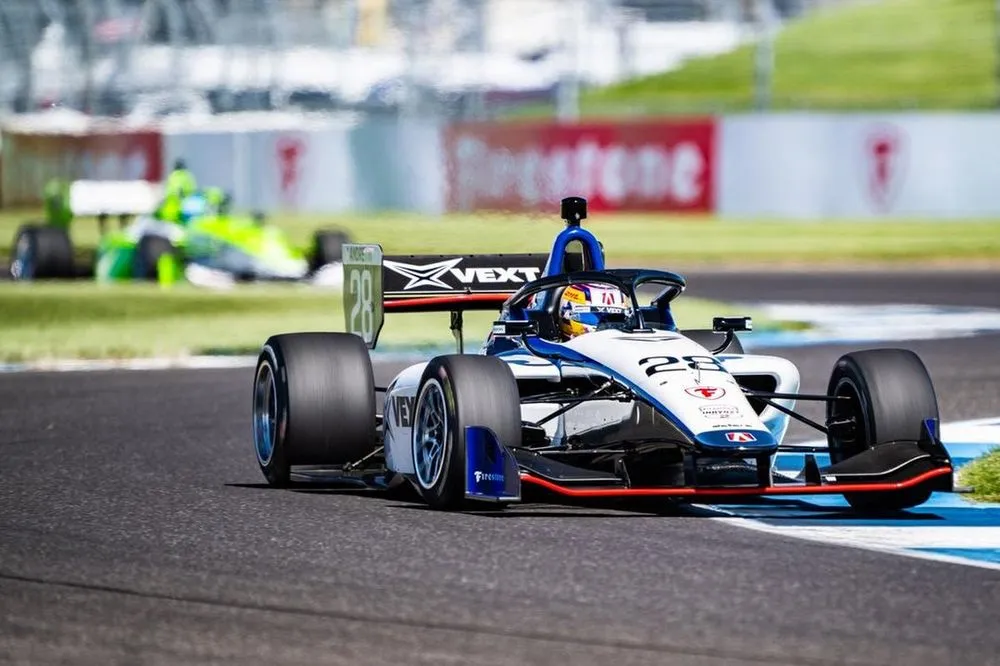OPINION: Despite the benefits afforded by the concessions, Yamaha and Honda are much poorer at this level compared to last year. However, both companies are optimistic that the package of changes they aim to deploy during the Misano MotoGP test will operate as a turning point
With the new regulatory framework that came into action following a unanimous decision by all MotoGP manufacturers, Yamaha and Honda were put in the D class. This permits them, among other things, to ride with their normal rider line-up as many times as they wish and to make engine changes - something that is not allowed to the others.
But a casual glance at the championship rankings would make you conclude that this advantageous treatment has not only cost the two Japanese corporations in the tournament, but has also been detrimental for them.
After the first nine races on the calendar, the best-placed Yamaha rider is Fabio Quartararo, who sits 15th in the standings with a total of 44 points. Last year, the Frenchman was likewise the most competitive Yamaha rider, although he was four places higher on the standings and had accumulated 65 points.
His peaks were higher in 2023 too. Quartararo had placed third in Austin and finished in the top 10 on five times, something he has managed only twice in 2024. His greatest grand prix finish so far remains a seventh position back at the second round in Portugal.
On the other side of the garage, the fall is considerably worse. At this stage of the season in 2023, Franco Morbidelli was 12th, one position behind Quartararo and six points down. Now Alex Rins, who filled the void created by the Italian when he moved for Pramac Ducati, is 21st and has just eight points to date this season. In mitigation, it is worth mentioning however that Rins began his Yamaha career in a fairly terrible physical shape, having suffered a terribly broken leg in a collision at Mugello little over a year ago.

If the Yamaha example is already remarkable in itself, the Honda example is brazen. At this stage in the previous season, Rins was its spearhead after winning in Austin. Despite being out of action for four races after his Mugello disaster, he remained Honda's best runner in 13th position in the standings with 47 points. Now Joan Mir leads HRC's MotoGP bid, but the Spaniard sits 18th, with just 13 points in the bag and having yet to cross the finish line inside the top 10.
Just behind him is Johann Zarco (19th), one point behind. Takaaki Nakagami in 20th, with 10 points, while farther back yet is Luca Marini in 23rd, the last of the full-time riders. He got his first point in Germany by finishing 15th.
At the Sachsenring, the best Honda was 14th with Nakagami at the wheel. He was 12 seconds quicker in terms of racing time compared to 2023, when he was also the quickest Honda. But that was exactly the difference between Jorge Martin's time to win in 2023 and Francesco Bagnaia's time to claim victory this time around. By the same token, Quartararo was 18 seconds faster than a year earlier, which shows that Yamaha is reacting a bit quicker than Honda.
Any legislative reform takes time to begin to produce fruit, much more so for two Japanese corporations, devoted for decades to their very conservative attitude. Concessions are enticing them to adjust the pace and Yamaha seems to be more willing to explore various routes.
The hiring of Max Bartolini as technical director and Marco Nicotra in the aerodynamics branch embody the new style that is gaining hold. In addition to recruiting these two mainstays from Ducati, Yamaha has shook up its protocols and relocated most of the operations and design of crucial sections of the bike from Japan to Europe. Using Dallara in Italy has considerably decreased the lead time of an aerodynamic component to get from design to manufacturing to testing. Before, everything had to go via Japan, where processes often took what felt like forever.
"Not only has communication improved a lot, but also everything goes much faster," Quartararo conceded a few days ago when asked by Motorsport.com whether the reaction promised by Lin Jarvis which eventually encouraged him to prolong his contract at Yamaha has been achieved.
"We ask for something and it gets tested in considerably less time than previously. The commitment I asked for when I renewed has been kept." You may also read this: Ferrari Power Strategy Cost Shot At Better F1 Imola Gp
The other guarantee Quartararo wanted, to bring back the satellite team, was confirmed last month when the merger of Pramac from 2025 was made official.
Yamaha has already raced with two new engine configurations owing to the concessions, which have warmed its and Honda's power unit development. But Honda is far lazier when it comes to tinkering with its usual way of doing things. In fact, until recently, the Japanese specialists were still working on the optimal engine design for their bike. In the current version of the RC213V, the engine spins forwards, while the rest of the grid turns backwards.
"It was already clear to us that we needed to change," stated Mir a few weeks ago. "We just needed them [the Japanese engineers] to be convinced."
Whether they do or don't, both Yamaha and Honda are eyeing the test after the San Marino Grand Prix as the occasion when the effect of the concessions may be measured. "We expect to have a quite different bike there, and that will be a reflection of all the conclusions of this first part of the season," a source in Honda's technical department told Motorsport.com.
At the start of summer break, the first point of review of the concessions introduced, none of the two Japanese companies has come close to the 35% of points they required to move up to the next tier. Yamaha has declined by 6% (21%) and Honda by 5% (16%).
Although less dramatic, the same is true of KTM, which has shed 1% of its points percentage, and Aprilia, which has increased 5% to maintain both in the C class. Ducati, from its vantage point of supremacy, remains the sole manufacturer in Group A, retaining above 95% of the points. Thus, all teams will continue till the end of the season under the same conditions as far as concessions are concerned.





